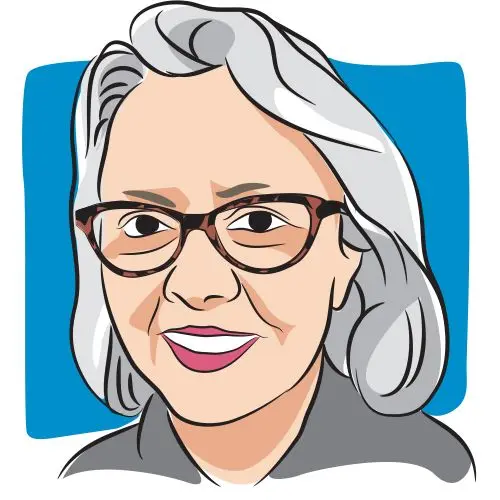Article
Notes From Cancer Surgery: Then and Now
Author(s):
Memories of a modern day mastectomy
I recently completed work on a theatrical musical about male breast cancer and wanted to include a song comprised of actual surgical notes from a mastectomy procedure. I was fascinated to read what had actually taken place during the hour and a half when my own left breast was removed along with a sentinel lymph node.
My surgeon was Dr. Mihae Yu, and the place was Queens Memorial Hospital in Honolulu, Hawaii. Her dictation during the procedure makes interesting reading in my view, and those words, most of which I still don't understand, made for some striking song lyrics:
"The left breast was injected with technetium-99m sulfur colloid intradermally mixed with 2 percent lidocaine at the periareolar site. Sentinel node identified using radioactive point source. Prompt transit of the injected radiocolloid through the lymphatic channels was observed with focal accumulation at a site in the left axilla."
By contrast, I recently discovered records of the novelist Frances "Fanny" Burney who was operated on for breast cancer by Napoleon's surgeon in 1811. Nine months after the procedure she wrote a letter to her sister Esther, detailing all that had transpired. It's important to note that the first use of ether as anesthesia for surgery did not occur until 1846, so a wine cordial was the only anesthesia given to her.
In her own words, "After seeing the glitter of polished steel I began a scream that lasted unintermittingly during the whole time of the incision and I almost marvel that it rings not in my ears still, so excruciating was the agony."
The operation lasted three hours and 45 minutes.
My own surgical records go on to say:
"The patient was in a supine position. Left breast was prepped with ChloraPrep as was the axillary area and the upper arm. Sterile drapes were applied. Sentinel lymph node excision performed. Count of lymph node 1000 and benign. All axillary lymph nodes negative with no count above 10. The mass was easily palpable in the sub-areolar area and incision was made. Superior and inferior flaps were raised, and breast removed. Sutures marked the upper, outer edge. Complete hemostasis was achieved. Patient tolerated procedure well. Estimated blood loss less than 50 cc. Sponge and needle count accurate."
My mastectomy was performed painlessly, with a number of friendly professionals in blue jumpsuits looking on. It occurred in a sparkling clean surgery center, with filtered air circulating and specialized machinery that kept tabs on my vital signs. How lucky we are to live more than 200 years after Fanny Burney's life-saving ordeal. Though I'm pleased to report that she lived an additional 29 years after her mastectomy, the grueling procedure was almost too much to bear.
You can read the entire account of her surgery in her own words here. A word of caution: this is quite graphic and certainly not recommended for the faint of heart. But her story illuminates how far we have come with regard to breast cancer treatment, and serves as an important reminder that early detection and diagnosis is as important now as it was back then.
As for me, I awakened from my surgery and after a brief recovery time, was wheeled out to the sunny parking lot in Honolulu to be greeted by the sight of swaying palm trees and the sounds of ecstatic tourists laughing and playing in the sands of Waikiki beach. I was back home just six hours after the operation began. My final surgical dictation included these words:
“Well-developed , well- nourished male in no distress. Skin — unremarkable without rash, jaundice or purpura. Lungs clear. Lymph nodes negative in neck, supraclavicular, axillas and groin.”
After nearly four painful hours, Fanny Burney recalls, "When all was done, and they lifted me up that I might be put to bed, my strength was so totally annihilated, that I was obliged to be carried, and could not even sustain my hands and arms, which hung as if I had been lifeless; while my face, as the nurse has told me, was utterly colourless."
Of course, no part of cancer surgery is more important than the results. It's the final outcome that gives us hope or gives us the ambition to try again, or try something else. In my case, when all was said and done, Dr. Yu wrote this declaration of health and wellbeing for me.
"Pathology revealed a 1.7 X 1.5 X 1.2 cm grade 3 invasive ductal carcinoma with less than 10 percent in-situ component, 2 negative nodes and clear margins. ER and PR were strongly positive and HER2 negative."
Fanny Burney never had a clue about the stage or grade or hormonal makeup of her cancer. But like all of us who have cancer today, she was an important and essential part of medical evolution and our relentless human drive to discover and advance and survive. And today, we're doing just that, and we're doing it better than ever. What a difference a century (or two) makes.




